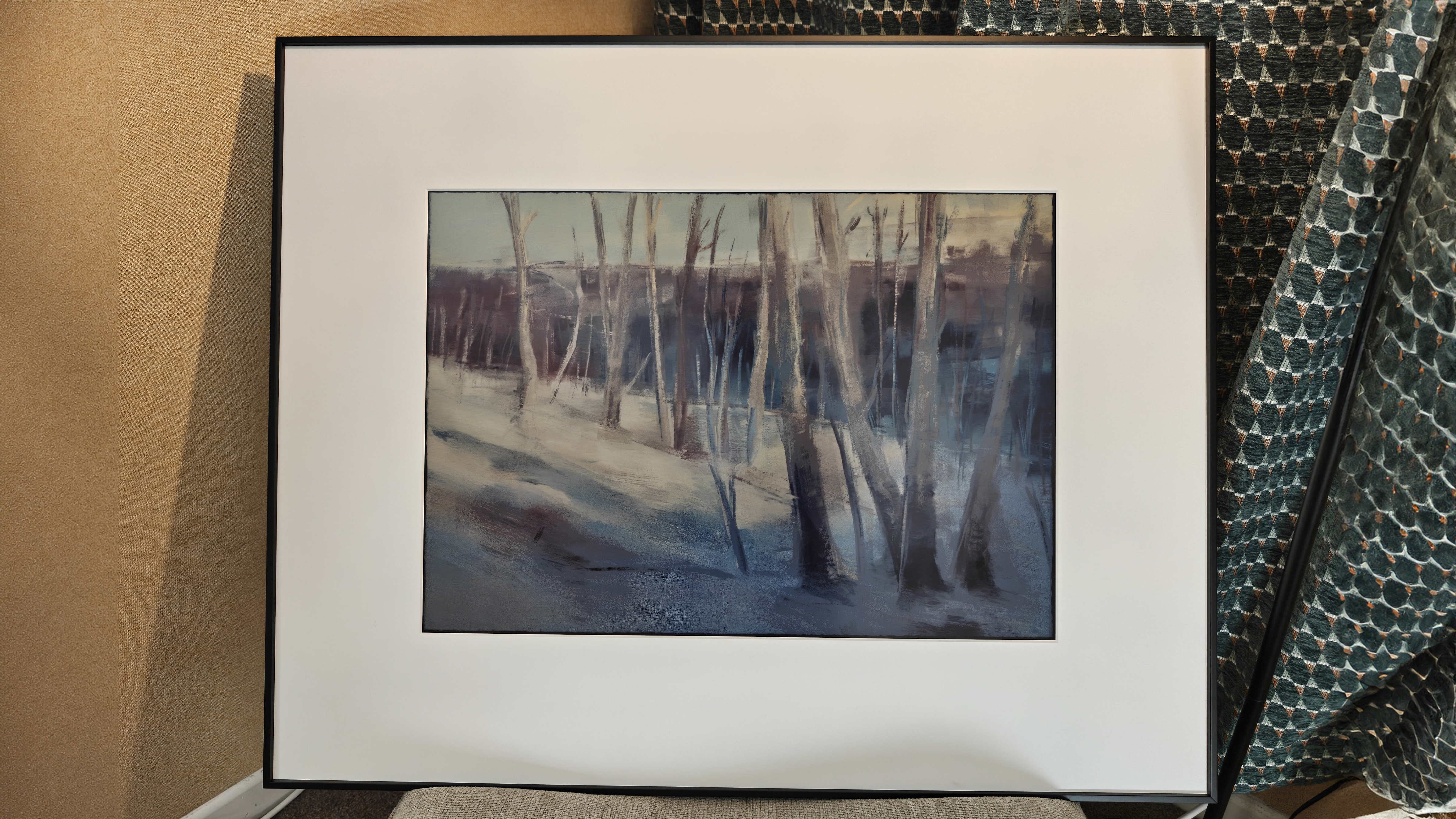Pixar lifts the lid on short animation Lava
Supervising technical director Bill Watral talks Lava, and reveals the central part RenderMan played in the production process.
Such is the all-conquering nature of Pixar's feature film output that it's easy to forget the studio first gained acclaim (and Oscar recognition) with a series of groundbreaking short films.
Few also tend to recall that the studio only began this journey into computer animation production for marketing purposes – back in the late 1980s it was hoped that the likes of Luxo Jr and Tin Toy would boost sales of its own core product, the Pixar Image Computer.
Meeting Lava
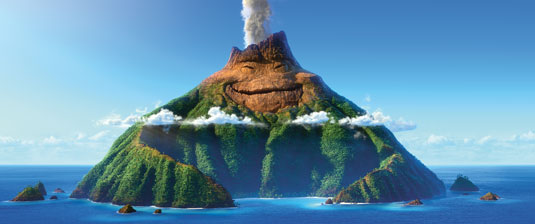
The studio's latest short, Lava, is another inspired creation with no small level of technical ambition. And like so many of Pixar's shorts, it's also a perfect exercise in minimalistic storytelling, allowing the artists involved to focus on performance and fine detail in the way that so often separates the studio's work from that of its competitors.
To get the lowdown on the tools and technologies the team used to create the short, we chatted with Bill Watral - Supervising technical director - about how RenderMan help the team make the film.
RenderMan, it's worth noting, has recently been made free for designers working on non-commerical projects.
What key features of RenderMan were vital to the short's creation?
"Monsters University was our first feature film to use RenderMan and GI. Since then RenderMan has made many updates and the amount of data that it can process is impressive. Consequently, many of our shots were rendered in one pass with RenderMan's GI.
"Also, the ability to generate and inspect RIB (RenderMan's scene description language) for any frame on the fly allowed us to quickly debug artifacts and analyse exactly what data was being used to render. Equally impressive is the depth of knowledge and level of support available with RenderMan. We have an amazing array of experts available to help us troubleshoot and optimise."
Daily design news, reviews, how-tos and more, as picked by the editors.
Pixar often uses shorts to experiment. Was this the case with Lava?
"Traditionally, Pixar's short films are a safe outlet in which to explore new creative and technical solutions, and yes, Lava followed this tradition. The film was, in part, a fact-finding mission.
"Our goal was to use Katana and RenderMan together to help explore new workflows for the studio. Due to the creative and technical scope of Lava we were able to explore how using Katana and RenderMan together might scale up to a feature length production.
What were the main challenges?
"The most notable challenge on the show was creating sets of a huge scale with complicated effects and vegetation that had to move with our articulation because they were also our main characters."
Did you develop new workflows for shading or lighting?
"One of the new workflows we engineered on Lava is deformable vector displacement maps. This was a new shading technique for the studio and it helped us achieve the detail and scale required. It involved hand-crafting vector displacement maps and deforming those maps along with the articulated surfaces.
"This allowed our character modellers to sculpt at a very high level of detail without making the base model overly dense. RenderMan's shading language (RSL), OpenSubdivs, and the way RenderMan handles space transformations made this a fairly quick development cycle for our technical artists."
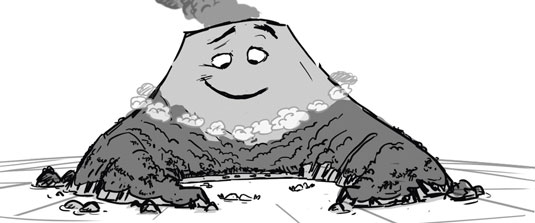
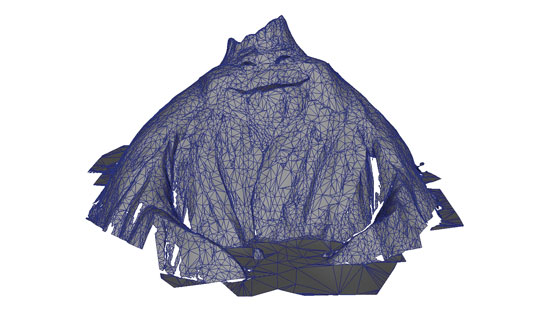
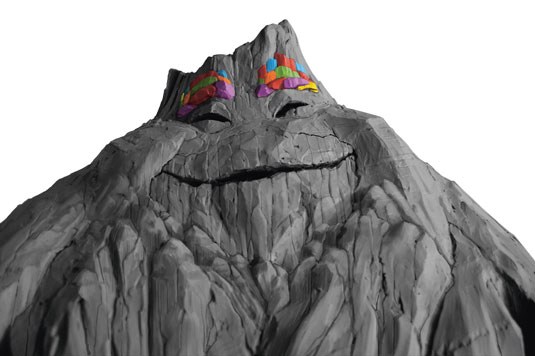
The CG Awards 2015

The CG Awards 2015 recognises the work of the entire industry: from software and hardware to artists and technicians. This year's awards are now open for nominations, so you can put forward your candidates right now. Just visit thecgawards.com and nominate in one of the 17 categories.
Words: Mark Ramshaw
This article first appeared in issue 188 of 3D World magazine.

The Creative Bloq team is made up of a group of art and design enthusiasts, and has changed and evolved since Creative Bloq began back in 2012. The current website team consists of eight full-time members of staff: Editor Georgia Coggan, Deputy Editor Rosie Hilder, Ecommerce Editor Beren Neale, Senior News Editor Daniel Piper, Editor, Digital Art and 3D Ian Dean, Tech Reviews Editor Erlingur Einarsson, Ecommerce Writer Beth Nicholls and Staff Writer Natalie Fear, as well as a roster of freelancers from around the world. The ImagineFX magazine team also pitch in, ensuring that content from leading digital art publication ImagineFX is represented on Creative Bloq.

